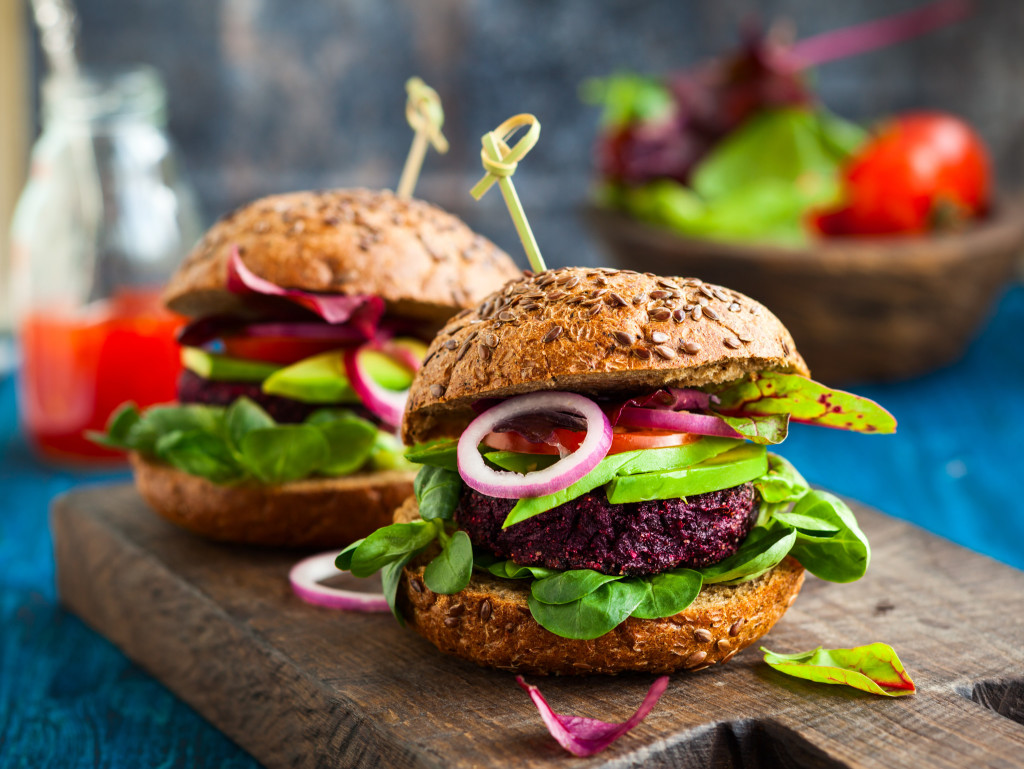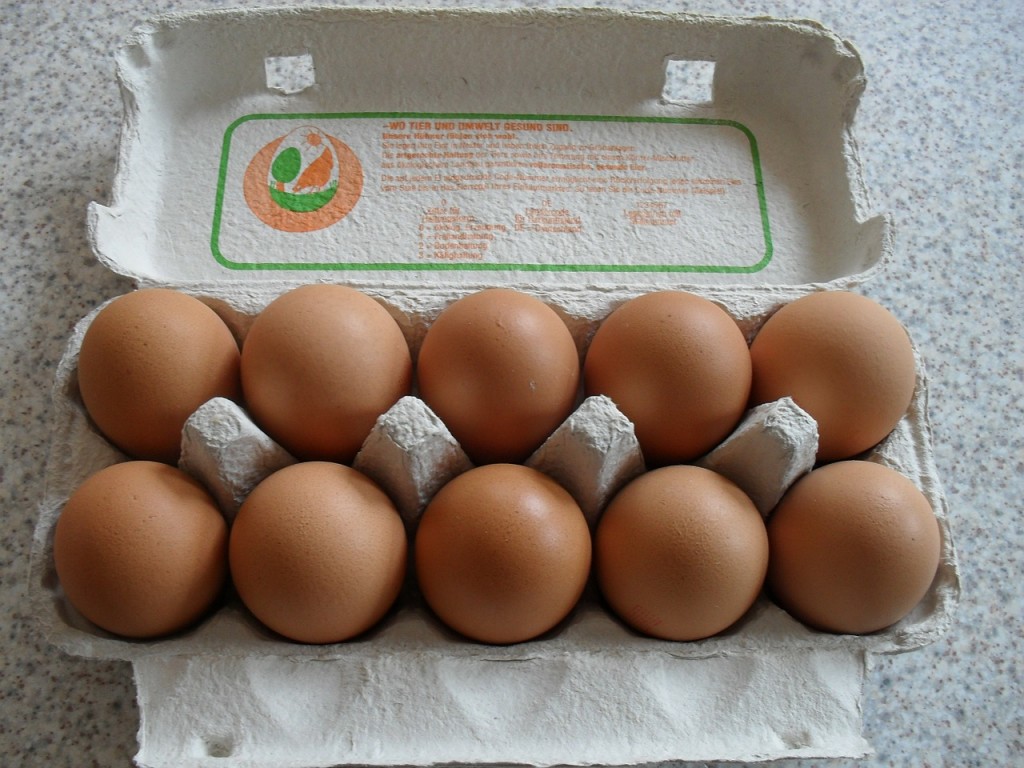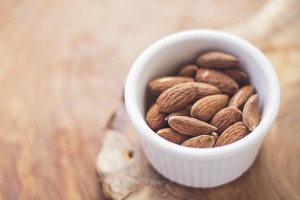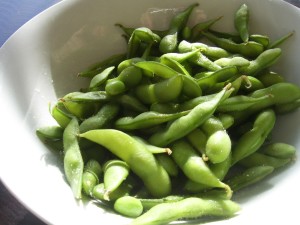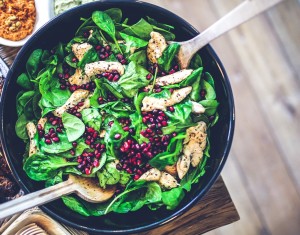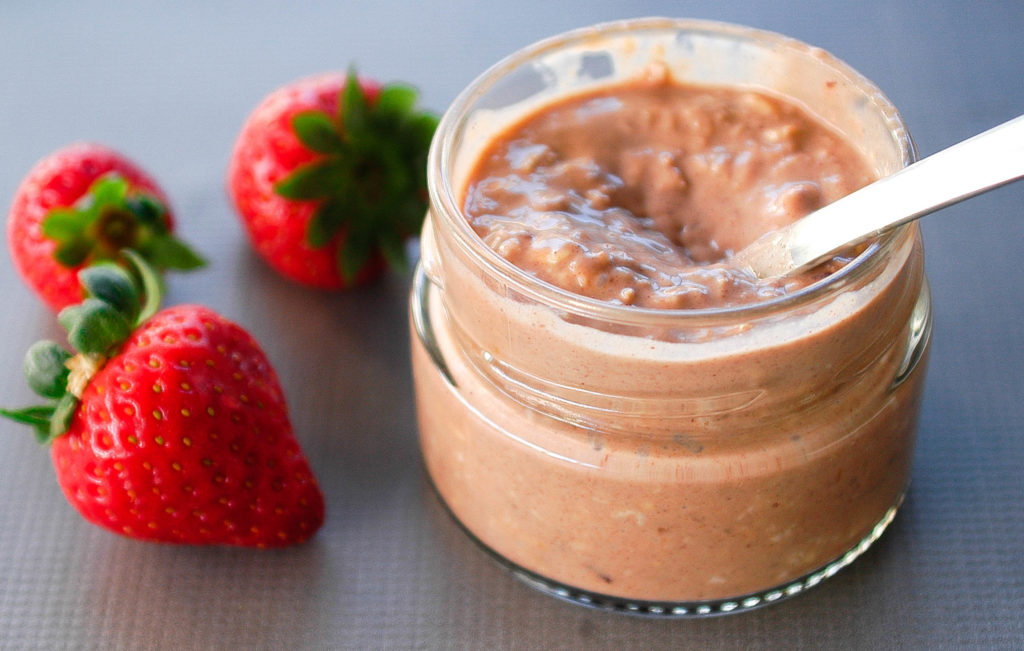 Despite going to the effort of having a healthy breakfast, many people find that they’re ravenous again two hours later. Unfortunately for most, the staple breakfast of cereal and milk just isn’t that satisfying.
Despite going to the effort of having a healthy breakfast, many people find that they’re ravenous again two hours later. Unfortunately for most, the staple breakfast of cereal and milk just isn’t that satisfying.
So how can you improve the staying power of your breakfast and avoid raiding the office biscuit tin every morning? [Read more…]
